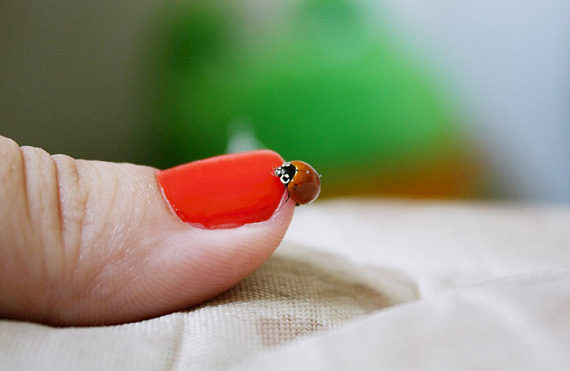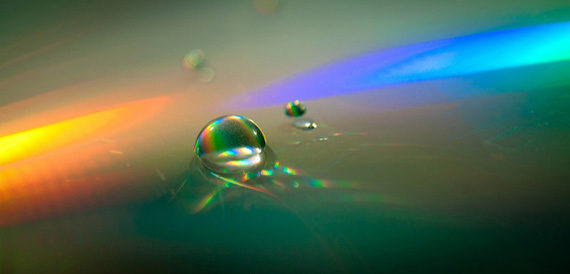If you delve into the incredible world of macro photography, with the aid of a few digital photography tricks, you can take photographs of insects that will blow your mind.

Photo by Patricia Dessoldi; ISO 400, 1/10 exposure.
A normal housefly may seem just annoying, but up close and personal, you can capture a macro image that reveals every single hair on its body and the millions of tiny dots that make up its eyes. You see an array of magnificent colors that you do not perceive with the naked eye. Once you have truly experienced macro photography, you will never see tiny creatures in quite the same way again.
Macro photography works on ratios from 1:1 (where the image is true to size) up to ten times enlargement (10:1). In most cases, the larger the ratio, the more fascinating the final image. To successfully capture macro images requires investment in appropriate equipment–a decent camera and a specialized macro lens. I normally use a Canon EOS 50D camera and a Sigma 50mm f/2.8 macro lens. A vast range of lenses regularly come to market, so it is always a good idea to research the latest options before buying.

Photo by Holly Victoria Norval; ISO 100, f/5.6, 1/640 exposure.
Once you have spotted a bug you wish to capture, here are a few digital photography tricks to consider to ensure you don’t scare it off before you have had the opportunity to grab your winning shot:
- Get up early. Bugs are still cold then and don’t tend to fly off so regularly.
- Don’t block out the sunlight on the insects.
- Keep low–as low or even lower than your subject–if at all possible.
- Locate yourself near a popular plant or flower. Bugs may see you as part of the scenery if you are already there.
- Look for smaller bugs. Smaller bugs tend to take less notice of you than larger ones.
- Be patient. If a bug flies off, don’t panic. Give it a little while, and more often than not it will be back.

Photo by Johan J.Ingles-Le Nobel.
A flashgun can also be an essential piece of kit, particularly if you are shooting in near-dark forests. This location opens up access to a wide range of interesting insects. You can use the flash in its normal position on top of the camera, but another idea is to use a flash extension cord. In this case, take a friend with you who can hold the flash to the side or to provide imaginative backlighting. You will find that a flash will also help to enhance the sharpness of your shots.
These are just a few digital photography tricks that will benefit your macro photography. It can be a challenging area, and trial and error is expected. Initially you may find yourself disappointed with results, but once you get the hang of it, you will be glad you persevered. It’s always a good idea to get some feedback, and a decent online photography course will give you guidance, as well as expert opinion on your work.
About the Author:
Article written by Paul Summers from PhotographyCourseOnline.
Like This Article?
Don't Miss The Next One!
Join over 100,000 photographers of all experience levels who receive our free photography tips and articles to stay current:






Very nice blogs!!! I have to learn a lot of information about these sites…Sharing for wonderful information. Thanks for sharing this valuable information with our vision. You have posted a trustworthy blog keep sharing, product photo retouching services in India
Thanks for marvelous posting! I really enjoyed reading it, you might be a great author. I will be sure to bookmark your blog and will eventually come back later on, you have posted a trust worthy blog keep sharing,
clipping path services provider company
It’s so original, it seems this was missing many interesting projects in photography.
That is so true. Before discovering the delights of macro photography, I hated bugs, I would freak out if one came in the house, or outdoors, if one came near me. Now however, it’s a different story. Even on the very rare occasions when I don’t have my camera with me (working in the garden for example) I get right in there for a closer look, the detail on some of our tiniest fellow residents of this planet can be truly amazing.